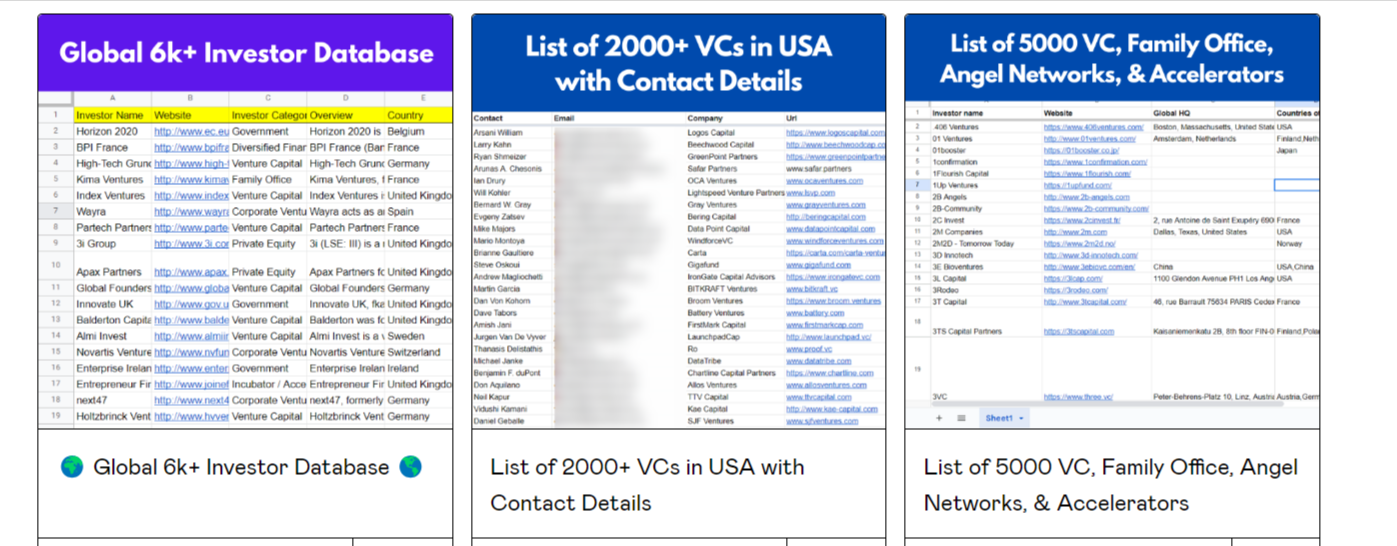As you have been enjoying the perks and the higher than average salary in a law firm, but now you are thinking of becoming the General Counsel (GC) of your own firm. So, what happens next? In the legal profession, the next step of an associate in his career is to become a GC or a General Counsel. A general counsel is a chief lawyer of the legal department in a company.
Although being your own boss is a rather tempting idea, it is fundamentally plastered with certain inherent problems and issues. This is because being a general counsel includes a lot of effort and hard work. This is particularly so because the work of a general counsel never ceases. Thus, the person who is contemplating such a tectonic shift in his career must know and understand certain key factors.
In this article, we will talk about 6 things that you must consider before becoming the General Counsel from an Associate. So, let’s take a look at it.
Developing Legal and Non-legal Skills
Seeking a Comprehensive Sectoral Understanding
Strategize Your Business Right
Build Better Relationships
Knowing the Stakeholders
Stepping Outside Your Comfort Zone
Developing Legal and Non-legal Skills
The esteemed role of GC might sound tempting, but it’s not that simple! There’s a difference between being an associate in a law firm and working in the office of general counsel. For the latter, a command over the legal and non-legal skills is very important – but not in quite the way that you’d expect. You may not spend your entire day arguing in court and validating legal points, but you will be validating business by communicating with the clientele.
One very important element that is a part of a GC’s primary duties is handling matters related to a company’s business development and advising them on every issue in the periphery of operations. This is why general counsels are always busy and don’t even have enough time to stand and wait in one place!
Seeking a Comprehensive Sectoral Understanding
The core competency of a general counsel stems from a holistic understanding of the domain or the industry in which the company operates. Thus, it is essential that you build a holistic understanding a develop a complete knowledge of the sector or the industrial segment in which your company tends to operate.
This understanding should not be myopic or restricted merely to legal and compliance standards. Neither should you concentrate more on regulatory knowledge only. A complete understanding of this sector stems from an overview of all nuances relating to the industry’s practical working and business trends and governing conventions in general.
Strategize Your Business Right
It is amazing to know how some GCs can turn young businesses into hugely successful corporations. This rapid growth is attributable in no small part to proper planning and strategizing. Most GCs are not aware of their company’s corporate or financial position, and it goes downhill pretty quickly from there.
The business strategy primarily covers both the parts of learning about the business and planning it well to manage it better. Ascertaining all relevant information is integral to planning your company’s operations. As GC, you will need to pay attention to these minute details and create the right strategies to propel your business to the top. Thus, at its core, strategizing includes gathering information on all corners of the business and then involving each corner in the mainstream business.
Build Better Relationships
Relationship management is a serious business in the legal world. A general counsel should not just be concerned with what is happening externally in the industry. He should also focus on the workings of the company also. In order to do that, as an associate GC, you should start by developing a keen idea about the company and its workings.
Not just that, but you should also be aware of the various people who are working within the organization, what their profiles and designations are, and what their jobs entail. Building better relationships and networking with fellow employees and peers helps you gain the right knowledge about the organization’s internal values and culture. An associate GC who identifies with the organizational ethos and has a complete understanding of the company’s internal work and functionalities can better fulfil his role as a general counsel.
Knowing the Stakeholders
To be a general counsel, it is very important to know the various parties and the stakeholders involved with the company. The various stakeholders of the company are important points of consideration for an aspiring GC. Understanding their perspectives manifests almost entirely from perfect listening skills.
In fact, if an organization wants to better understand the stakeholders’ needs and expectations, it’s kind of impossible not to listen to their concerns. It offers better insight into what drives and motivates them. It is by completely understanding the drivers you can be equipped to advise them of the best possible recourse for the company in any given scenario.
Stepping Outside Your Comfort Zone
As a general counsel, it is your job to contemplate the right decisions for the company’s benefit and advise the same to the senior management. Occasionally, this might entail the need to shoulder certain risks and advise from a commercial perspective. The ultimate agenda to do this is to ensure that the company’s problems and grievances are redressed and that they can go about their businesses in a more productive capacity.
This job’s primary responsibility is to support your company through proper problem-solving abilities and ensure complete compliance even if the resulting problem is outside your comfort zone. This is the reason that helps you maintain positive relationships with colleagues, staff, and other members of senior management. Who knows, maybe their recommendations can help you to transition from the associate general counsel to bigger, better, and greener pastures.
Conclusion
These days, the competition and search for better opportunities have become tougher. This means that there still has to be twice the effort for a normal candidate with the right profile. Hence, it is important to understand that one needs to chalk out a few details before committing full time to the cause. A general counsel’s job is anything but easy, and you quite simply will run out of time and patience on multiple occasions. So it would be better if you stay prepared for the first instance.
FAQ
Who is a General Counsel?
A General Counsel is a chief officer of a legal department of a company.
Who should a General Counsel report to?
A General Counsel should report to the CEO of the company.
Do you need to be a lawyer to be a General Counsel?
To be a General Counsel one needs to be an expert in both law and business.





